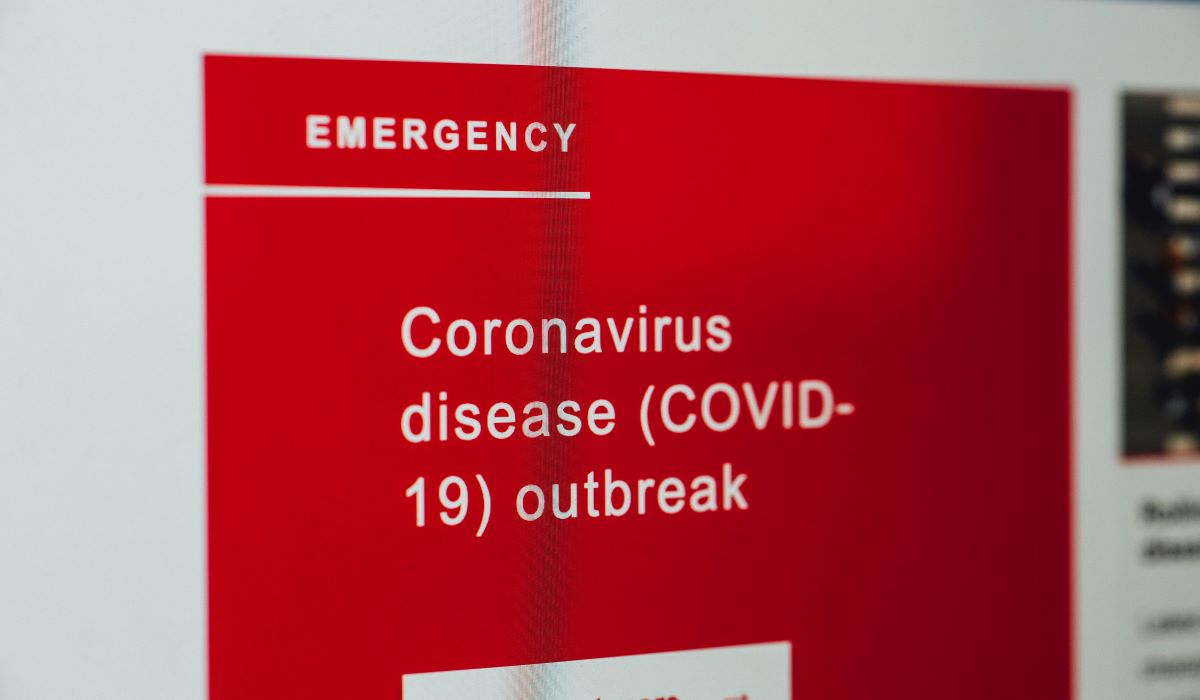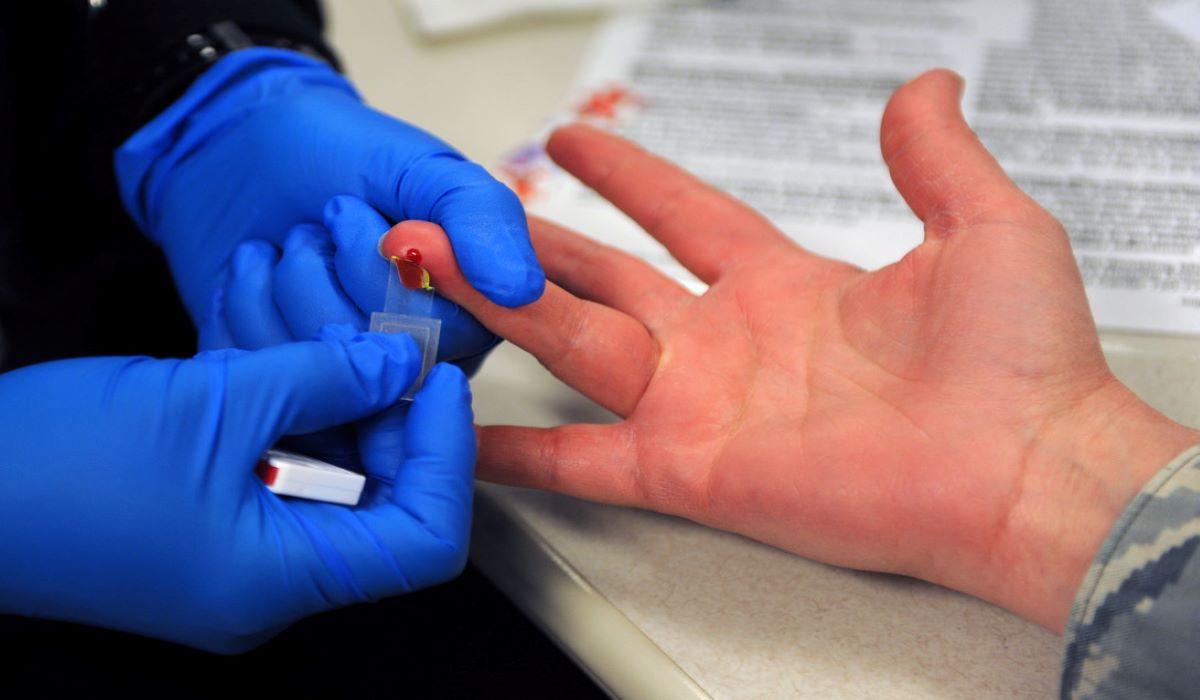ARTICLE SUMMARY:
Excerpts from the latest coronavirus analysis in MedTech Strategist, Market Pathways, and the Community Blog.
We are providing some of our COVID-19 coverage for free as a service to our medtech community. Click here for a free 7-day trial to our publications; click here to subscribe.
The New Regulatory Normal
“I do not personally foresee this emergency declaration going away anytime soon. We are talking at least years,” said FDA’s diagnostics chief Tim Stenzel in an offhand comment about 40 minutes into one of his weekly “Town Hall” Q&A sessions.
 The comment anchors what should be growing realizations for all of us: that normalcy is not returning any time soon, and that any steps the general population is able to safely take toward getting back into public and to work will depend on the US and other countries remaining on an emergency footing for a long time. That means a public health and fiscal policy infrastructure that continues on high alert to constrain viral spread (in particular, until a vaccine is available) and help prevent the most dire economic outcomes.
The comment anchors what should be growing realizations for all of us: that normalcy is not returning any time soon, and that any steps the general population is able to safely take toward getting back into public and to work will depend on the US and other countries remaining on an emergency footing for a long time. That means a public health and fiscal policy infrastructure that continues on high alert to constrain viral spread (in particular, until a vaccine is available) and help prevent the most dire economic outcomes.
FDA (as well as CMS, and other health agencies in the US and abroad), derives regulatory flexibility from the now two-and-a-half-month-old HHS-declared public health emergency to which Stenzel referred. At base, the declaration allows FDA to leverage its Emergency Use Authorization authority, but in the context of the COVID-19 pandemic, it has prompted a broader range of accommodating regulatory policies. It is rare for a day (including weekends) to go by where FDA does not release at least one new coronavirus policy that, in the agency’s words, “is intended to remain in effect only for the duration of the public health emergency related to COVID-19 declared by the Department of Health and Human Services.”Put in the context of Stenzel’s recent comments, that doesn’t sound very restrictive. We are in a new regulatory normal for the foreseeable future, and medtech developers must be mindful of that.
Posted on the Community Blog, April 20, 2020
Why Is it So Hard to Develop a Serology Test for COVID-19?
The US and the rest of the world are looking urgently to laboratory testing to manage through the COVID-19 crisis. The diagnostics industry has been able to ramp—albeit imperfectly—molecular testing for diagnostic purposes, but it is still grappling with how best to launch a serology test for antibodies to the disease.
 Theoretically, developing a good serology test for an infectious disease should be straightforward: antibody blood tests are already routinely used for clinical care and done in both point-of-care and central laboratory settings on widely available ELISA-based immunoassay systems. The effort to develop such a test for SARS-CoV-2 has been a major challenge, however, and a drag on the country’s and world’s ability to return to normal as COVID-19 disease surges rise and flatten.
Theoretically, developing a good serology test for an infectious disease should be straightforward: antibody blood tests are already routinely used for clinical care and done in both point-of-care and central laboratory settings on widely available ELISA-based immunoassay systems. The effort to develop such a test for SARS-CoV-2 has been a major challenge, however, and a drag on the country’s and world’s ability to return to normal as COVID-19 disease surges rise and flatten.
The problem is that the disease is so new that scientists don’t yet understand the complete structure of the virus or which antigens to target for optimal test performance. Laboratory medicine experts believe that hurdle will be resolved in the not-too-distant future as our understanding of the virus structure improves. A knottier and bigger longer-term question surrounds the clinical utility of such testing
Serology testing for SARS-CoV-2 remains uncharted territory and is likely to provide only limited information for months, no matter how much politicians and business executives want to rely on it.
Posted on MedTech Strategist, April 23, 2020
A Large Core Laboratory Meets Real-World COVID Testing Challenges
Gerald Capraro, PhD, sits in one of the pandemic hot seats as director of clinical microbiology at the Carolinas Pathology Group, a private practice of pathologists, who oversee the core labs for Atrium Health Systems in Charlotte NC, one of the largest healthcare systems in the South.
The laboratory services 12 hospitals, and Capraro is also an as-needed consultant for microbiology testing point of care at hundreds of doctors’ offices in the Atrium system and its freestanding emergency clinics.
 Atrium’s core laboratory is running 1,000 molecular SARS-CoV-2 diagnostic tests per day, on three platforms: its own manual laboratory-developed test (LDT), which it launched March 9, and two Emergency Use Authorization-reviewed higher throughput commercial tests: the Roche Cobas 8800, and the Luminex NxTAG Extended Panel. North Carolina has not been a hot spot for the pandemic and to date, supply shortages have not been a big challenge for the system, but using a variety of vendors enables the laboratory to better manage any supply chain issues that do arise,
Atrium’s core laboratory is running 1,000 molecular SARS-CoV-2 diagnostic tests per day, on three platforms: its own manual laboratory-developed test (LDT), which it launched March 9, and two Emergency Use Authorization-reviewed higher throughput commercial tests: the Roche Cobas 8800, and the Luminex NxTAG Extended Panel. North Carolina has not been a hot spot for the pandemic and to date, supply shortages have not been a big challenge for the system, but using a variety of vendors enables the laboratory to better manage any supply chain issues that do arise,
Our Q&A with Capraro gives us a glimpse inside the pragmatic reality of ramping testing from the perspective of a laboratory medicine expert who is on the front lines of Sars-CoV-2 testing.
Posted on MedTech Strategist, April 23, 2020
COVID-19: A Few Early Observations: Perspective from Yuval Binur, PhD
Today we are in the midst of the COVID-19 pandemic. While China is seemingly on the path to recovery and Europe and the US are still struggling with the growing death toll, two large populations, India and South America, are only at the beginning of the cycle. No one can predict if or when a second wave of infections will happen, and what the clinical impact of the virus migration to these two large continents will be. Eventually, ultimate recovery will come only when an effective vaccine is available to everyone.
 While this virus attack on humanity is of a temporary nature, its political, economic, and social impact will likely stay with us for generations to come. Many questions have been raised about the failure of governments, lack of trust in leadership, lack of readiness, and more. However, placing the blame on China or on globalization, suggesting that countries should go back to building trade walls around them, is as dangerous as the fake news we hear about the source of the virus. Viruses do not recognize trade walls, geographic boundaries, or genders and races. No one country can cope with such a pandemic on its own, isolated from the rest of the world. The scope of the problem is simply too big. Lack of sufficient information and understanding of these viruses’ behavior means a solution requires global collaboration.
While this virus attack on humanity is of a temporary nature, its political, economic, and social impact will likely stay with us for generations to come. Many questions have been raised about the failure of governments, lack of trust in leadership, lack of readiness, and more. However, placing the blame on China or on globalization, suggesting that countries should go back to building trade walls around them, is as dangerous as the fake news we hear about the source of the virus. Viruses do not recognize trade walls, geographic boundaries, or genders and races. No one country can cope with such a pandemic on its own, isolated from the rest of the world. The scope of the problem is simply too big. Lack of sufficient information and understanding of these viruses’ behavior means a solution requires global collaboration.
A few key lessons have emerged over the past several months in countries such as China and Israel, both seemingly having been able to gain control on the spread of the infections, that we in the medical device industry and in the clinical world should pay attention to.
Posted on MedTech Strategist, April 24, 2020
![]() Trial MyStrategist.com and unlock 7-days of exclusive subscriber-only access to the medical device industry's most trusted strategic publications: MedTech Strategist & Market Pathways. For more information on our demographics and current readership click here.
Trial MyStrategist.com and unlock 7-days of exclusive subscriber-only access to the medical device industry's most trusted strategic publications: MedTech Strategist & Market Pathways. For more information on our demographics and current readership click here.
